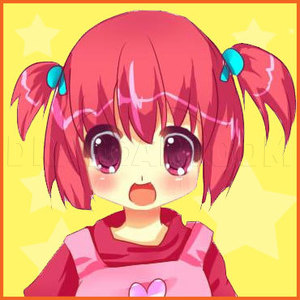1
When I draw a muscle-bound character, I lay down some guide lines to make sure various parts of the body line up together. Here, it's the shoulders, crotch, knees and ankles. Notice how the wrists match up with the crotch level. With this measurement
2
Now I lay down some muscle forms. It's ok to keep it kind of loose. You don't need to outline every single muscle. Nobody has every muscle flexed all the time. Try to keep everything looking a bit rounded, to give a sense of three dimensions. Remembe
3
Next you're going to define the shape on the inner part of the body. Still keeping things round, here. We're working at a 3/4 angle, so drawing with straight lines would really flatten out the image. One important thing to note here is the center
4
I'm still keeping things loose at this stage of the game. It's time to dress up the character in an outfit and give him the features that indicate his personality, profession, etc.. This guy's going to be a gladiator-type character, so I want him to
5
This is where you get to go crazy with all your detail. Attack the outfit and larger facial features first. The important thing is to keep layers in mind. What overlaps what? Draw the gauntlet before the hand. Draw the hand before the apron. Draw the
Comments 0
Details
October 4, 2010
Description: Some steps to show you the basic technique and thought process behind designing a warrior-type character for comics and video games.





































































